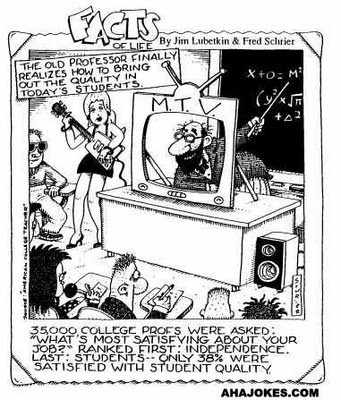
Karl Marx is back in fashion again! That's the view, at least, of one of Germany's biggest leftwing publishing houses, Dietz, which says that copies of Marx's best-known works have been selling very well since the start of the current global economic crisis.
Listen to the story.Bankers of the world unite! You have nothing to lose but your bonuses, big houses and Caribbean holidays; and now that so many are unemployed, you've finally got time to read Karl Marx's dire warnings about capitalism.
That's how today's London Times newspaper puts it, parodying the workers' rallying call that opens Marx's 'Communist Manifesto'.
And there may be something in it, because according to German booksellers, Marx's seminal works are suddenly in demand again after a lull of many decades.
Visitors to Marx's German birthplace of Trier have soared this year to forty thousand; the curator of the town's museum of Marxism is quoted as saying he's lost count how many visitors he's heard mutter that Marx was right all along.
Free market critics of Marxism, of course, have long argued that socialism leads to poor quality goods, authoritarianism, the gulags and the rest; but for now, certainly as long as the credit crunch lasts, the pro-lending expansionists are likely to stay under as dark a cloud as their Marxist rivals.
Words from the story:
dire = very serious ,
parodying = imitating in a funny way, workers’ rallying call = words which made workers unite against capitalism,
seminal = original and influential ,
lull = period of quiet or lack of activity,
curator = person who looks after a museum or exhibition,
authoritarianism =
a system in which people must obey the government,
gulags = prison camps, especially for people who disagree with the government,
pro-lending expansionists = people who think that you can develop the economy by lending money,
to stay under as dark a cloud as =be as unpopular as.
Do you want to know more of him? Read
why Karl Marx is the man of the moment
 The United States has thousands of ghost towns. These are communities that once were successful but all the population moved to other places. Today on VOA's programme, we visit a town in the western state of Arizona that was saved from being a ghost town by a violent history. It is called Tombstone.
The United States has thousands of ghost towns. These are communities that once were successful but all the population moved to other places. Today on VOA's programme, we visit a town in the western state of Arizona that was saved from being a ghost town by a violent history. It is called Tombstone.





















.jpg)




















